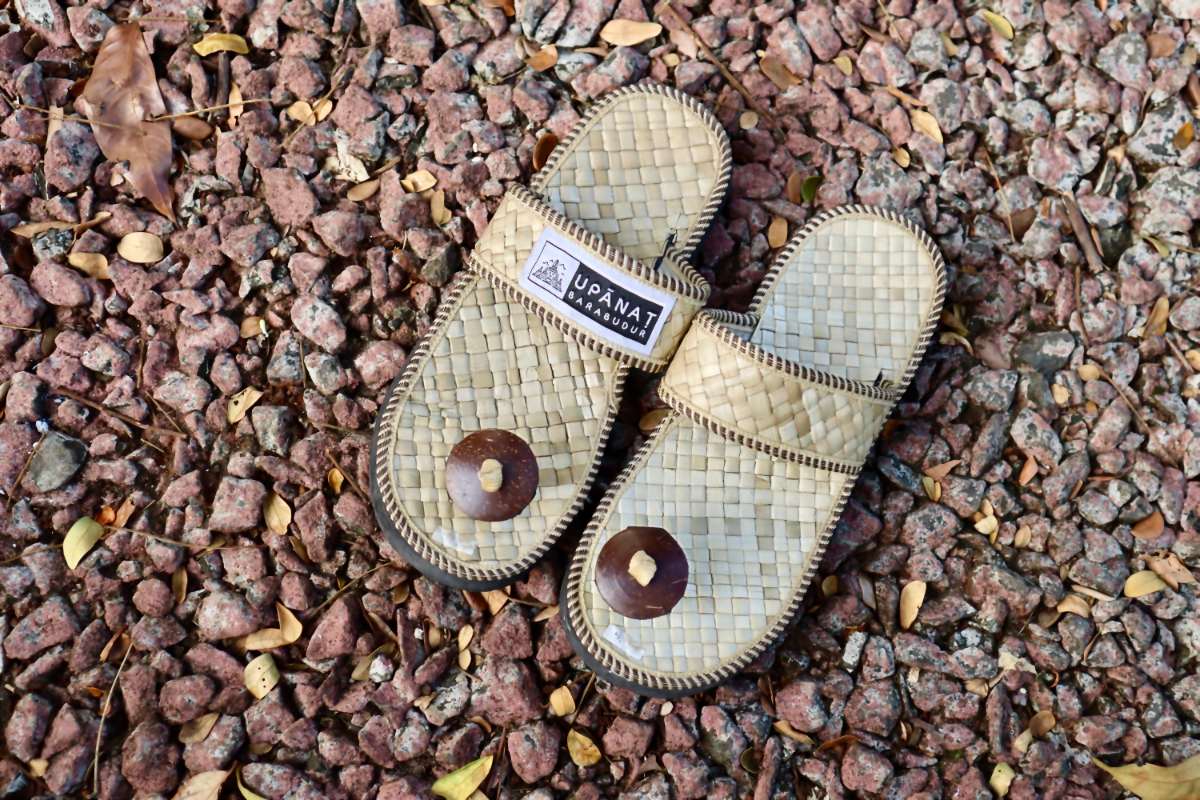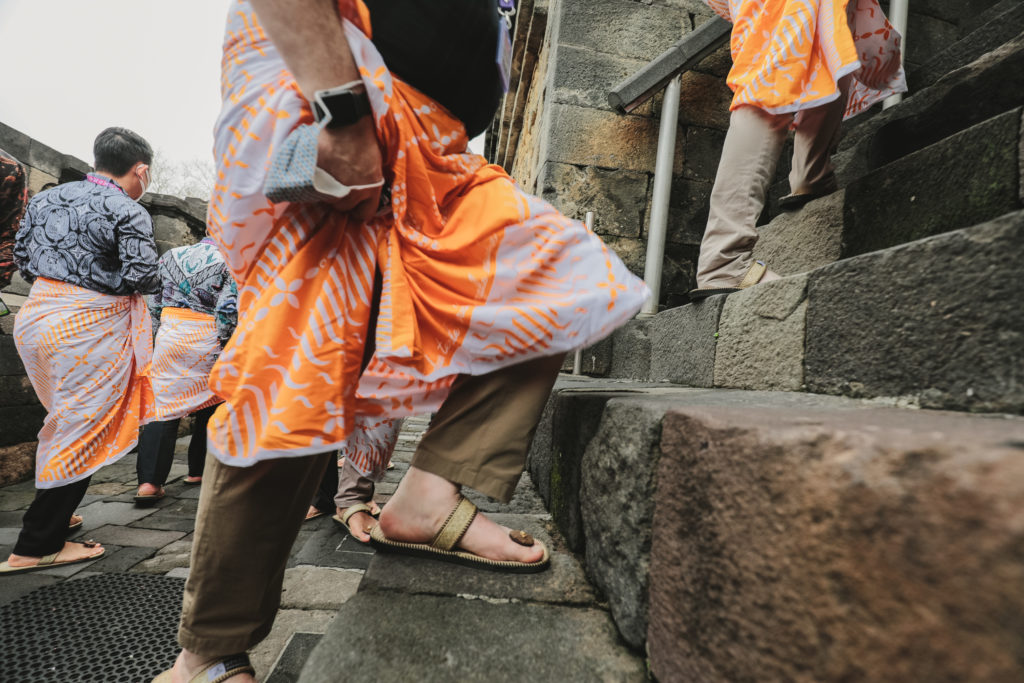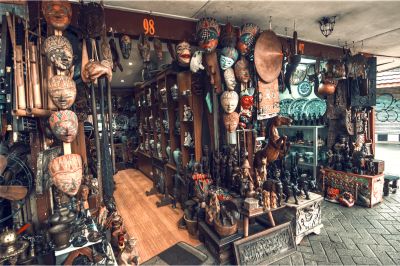
Upanat Sandals, Inspired by the Reliefs on Borobudur Temple

Designated as a UNESCO World Heritage Site since 1991 and one of five Super Priority Tourism Destinations (DPSP), the prestige of Borobudur Temple in the world is no longer inevitable. Moreover, Borobudur Temple is the largest Buddhist temple in the world, making it a leading tourist attraction in Indonesia and Magelang in particular.
Seeing these interesting facts, it is appropriate for us to preserve Borobudur Temple. The easiest way is to keep the temple stones in good condition from not climbing the walls and stupas, committing vandalism, gouging the temple stones, and preventing wear and tear on the temple stones due to friction from the footwear we wear.
Therefore, as of December 2023, the Ministry of Tourism and Creative Economy/Tourism and Creative Economy Agency (Kemenparkraf/Baparekraf) is implementing the latest rules for tourists who want to climb the stairs and floors of Borobudur Temple and are required to use special footwear, namely upanat sandals.
The use of this special footwear is not without reason. According to research conducted by the Borobudur Conservation Center, walking on temple rocks using conventional footwear will unknowingly erode the surface of the temple rocks. So, upanat sandals are used to preserve the Borobudur Temple and prevent corrosion.
 Photo: The use of upanat sandals aims to protect the temple rocks (TWC Doc)
Photo: The use of upanat sandals aims to protect the temple rocks (TWC Doc)
Why Upanat Sandals?
Upanat sandals or Upanat Borobudur are woven sandals made from a combination of pandan leaves, coconut shells, and an eva sponge sheet. According to the Ministry of Education and Culture website, "upanat" means footwear. These sandals were specially designed and have been extensively researched since January 2022. They were declared to meet the criteria for durability, ergonomics, and visual harmony by the Conservation Reviewer of the Borobudur Conservation Center.
Upanat sandals were first made by Pak Basiyo, one of the local creative industry players around Borobudur Temple, who had been making them since 1997. However, this creative product was refined with the Borobudur Conservation Center so that they are safer to use when climbing the stairs and rock floors of the temple.
Interestingly, the shape of the upanat sandals was inspired by an actualization of one of the reliefs at Borobudur Temple, namely the Karmawibhangga relief panel 150. On the Karmawibhangga relief panel 150, there is a picture of two people offering footwear to the Brahmin. Well, the footwear resembles upanat sandals.
At a glance, you can see that these sandals are very simple, consisting of four parts: woven pandan for the strap and upper surface base, coconut shells for the front clamp, and eva sponge sheet for the bottom base.
In the long term, it is hoped that the use of upanat sandals at Borobudur Temple will not only minimize wear and tear on the temple rocks, but it can be a means of education regarding the importance of implementing the concept of sustainable tourism in tourist destinations throughout Indonesia.
Another interesting fact is that using upanat sandals at Borobudur Temple is also one way of driving the creative economic sector around the temple area. This is because local creative industry players are fully involved in making these upanat sandals. It is recorded that eight production houses are trusted to make upanat sandals. Remember, the demand for upanat sandals is high, reaching 1,200 pairs daily.
Giving upanat sandals is included in the tour package to go up to the Borobudur Temple building, and Sobat Parekraf can take them home as a souvenir. Very interesting, isn't it?
Cover: The upanat sandals were inspired by one of the relics at Borobudur Temple (Shutterstock/Rosen Sipahutar)

Related News







